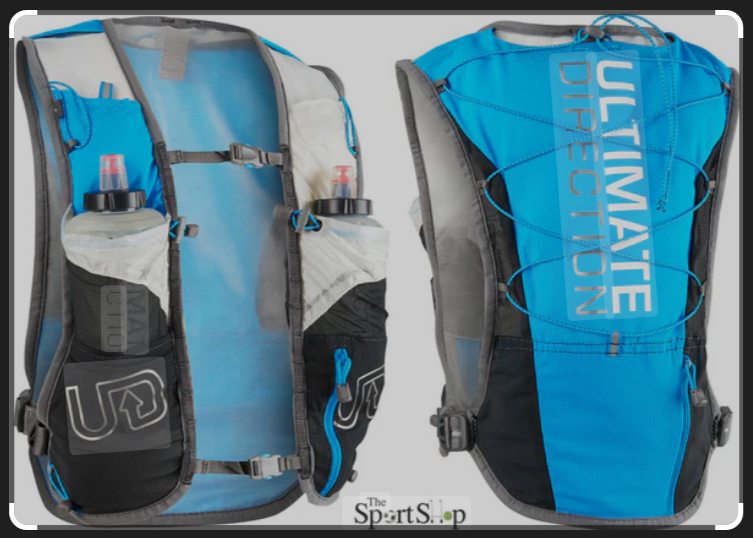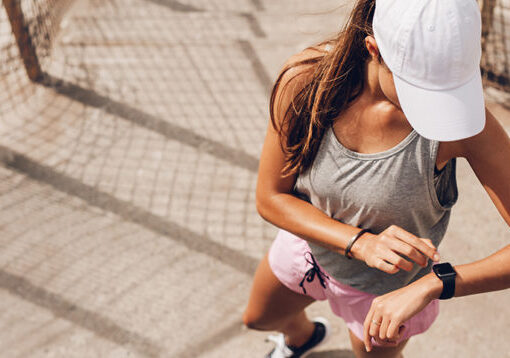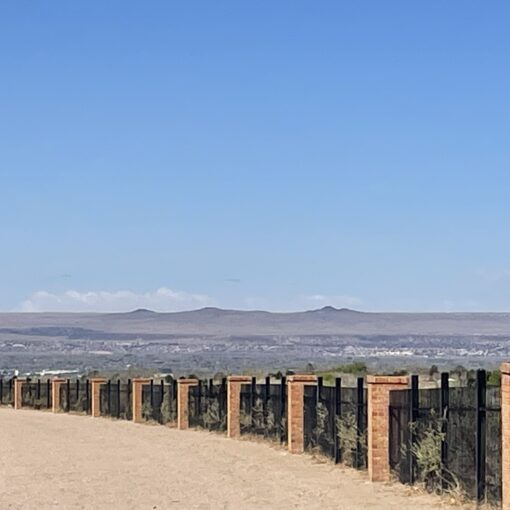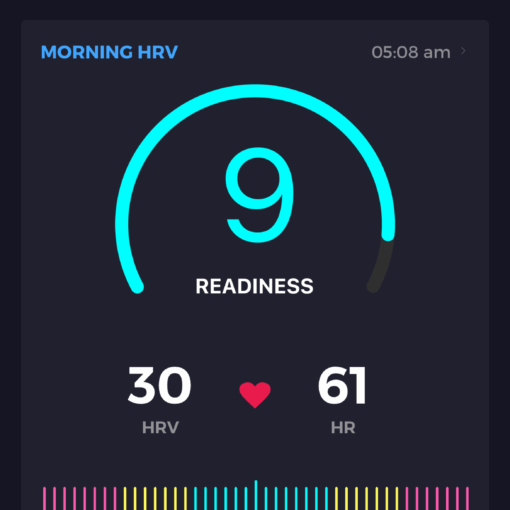Vests for trail runners and all long-distance running are a necessity. They carry your phone, food, water, and even first aid supplies. Even on my shortest runs, I wear my Ultimate Direction Scott Jurek even if it is only to carry my keys and conveniently carry my phone. I use it to listen to podcasts, YouTube, and music, and to document my runs and it is easy to grab in the front pocket of a vest that is pictured below. After 8 years, though, my running vest doesn’t look anything like the photo of a new one! Please note that I chose this vest because I happened to be reading “Eat & Run” by Scott Jurek. For a complete selection of running vests, click here.
The Trail Runner’s Best Friend: Why You Need a Running Vest
The sun is just starting to peek over the Sandia Mountains, casting a golden glow on the dusty trail ahead. You’re miles from the parking lot, feeling that pure, untethered freedom that only trail running can provide. There’s just one problem: you’re thirsty, your stomach is rumbling, and you wish you had a place to stash your phone and keys.
Enter the trail running vest. Far from being just a fancy backpack, this piece of gear is a game-changer, transforming your runs by allowing you to comfortably carry everything you need to go further, safer, and for longer. If you’re serious about hitting the trails, a good vest isn’t a luxury—it’s an essential.
More Than Just a Backpack: Why a Vest is Essential
So, what makes a vest different from a small backpack? It all comes down to design. A running vest is worn, not just carried. It wraps around your torso like a piece of clothing, distributing weight evenly to eliminate bouncing and chafing. This snug fit gives you easy access to all your gear without breaking your stride.
Here’s why every trail runner needs one:
- Hydration on the Go: Easily carry water in front-mounted soft flasks or a back-panel hydration reservoir (bladder). No more fumbling with handheld bottles!
- Fuel for the Long Haul: Strategically placed pockets mean your gels, bars, and snacks are always within reach, helping you stay energized.
- Carry the Essentials: With a place for your phone, keys, ID, a light jacket, and a small first-aid kit, you’re prepared for whatever the trail throws at you.
- Safety and Confidence: Knowing you have water, nutrition, and safety items gives you the confidence to explore new routes and push your limits.
What to Look For in a Trail Running Vest
Choosing the right vest can feel overwhelming, but focusing on a few key features will help you find the perfect match.
1. Fit and Comfort
This is the most important factor. A good vest should feel like a hug, not a straitjacket. Look for adjustable straps on the sternum and sides to dial in a perfect, bounce-free fit. Many brands now offer women-specific models designed to accommodate different body shapes for enhanced comfort.
2. Hydration System
You have two main choices:
- Soft Flasks: These are flexible bottles that sit in pockets on the front of your shoulder straps. They are easy to access, simple to refill at aid stations, and you can easily track how much you’re drinking.
- Hydration Reservoir (Bladder): This is a water bag that sits in a sleeve on your back, with a hose that runs over your shoulder. Bladders typically hold more water (1.5-2 liters) but can be trickier to refill on the run.
3. Capacity and Storage
Vest capacity is measured in liters.
- 2-5 Liters: Perfect for shorter runs (1-2 hours) where you just need water, your phone, and a couple of gels.
- 5-10 Liters: The sweet spot for most runners. Ideal for half-marathon to marathon distances, with enough room for extra food, a headlamp, and a lightweight jacket. This is especially useful here in New Mexico, where the summer monsoon season can bring sudden afternoon storms and a need for layers.
- 10+ Liters: Built for the long haul. These are for ultra-marathons or all-day mountain adventures where you need to carry mandatory gear, extra layers, and a significant amount of food.
Pay attention to pocket placement. You want easy-access pockets on the front straps for things you’ll use often, like your phone and snacks.
4. Material and Breathability
Look for vests made from lightweight, breathable, and moisture-wicking mesh fabrics. This will help keep you cool and prevent uncomfortable chafing during those hot, sunny runs in the high desert.
Go Further, Explore More
A trail running vest is an investment in your comfort, safety, and performance. It gives you the freedom to leave the trailhead behind and confidently tackle longer distances and more remote terrain. Stop juggling your gear and start running freely. Find the vest that fits you, pack it with the essentials, and discover how much further the trail can take you.




